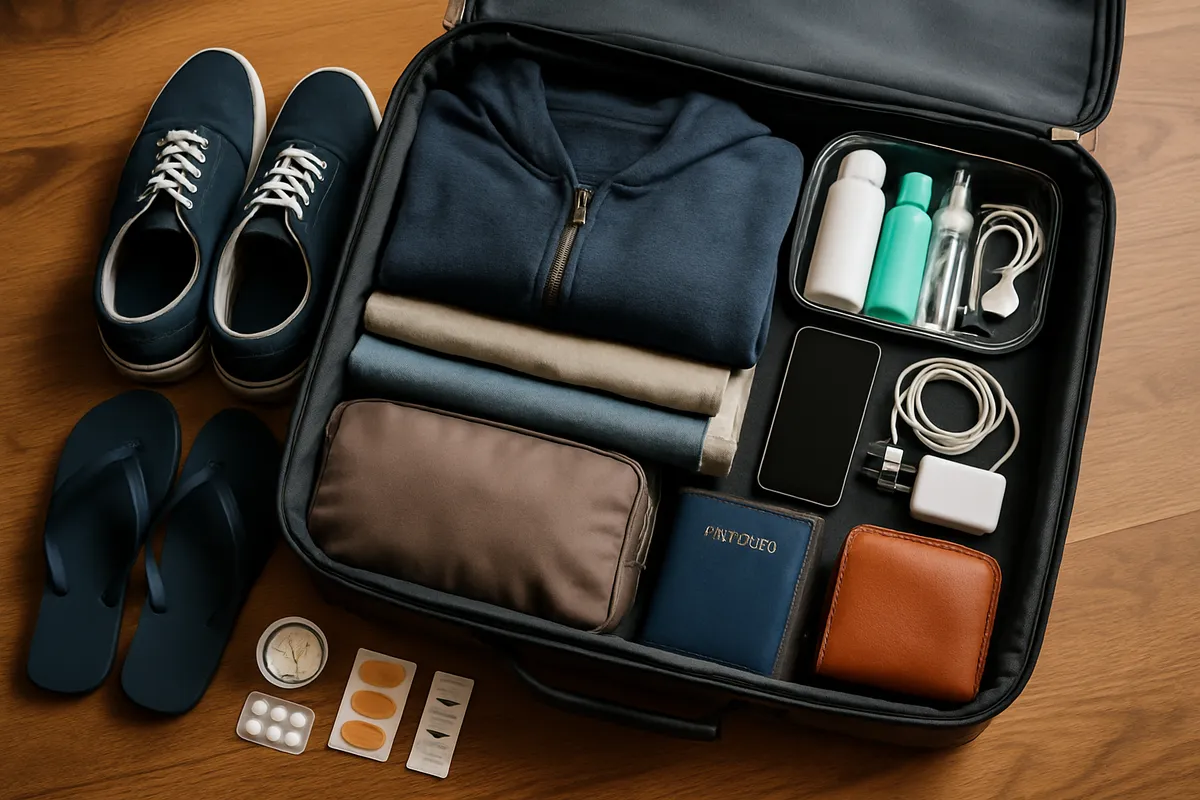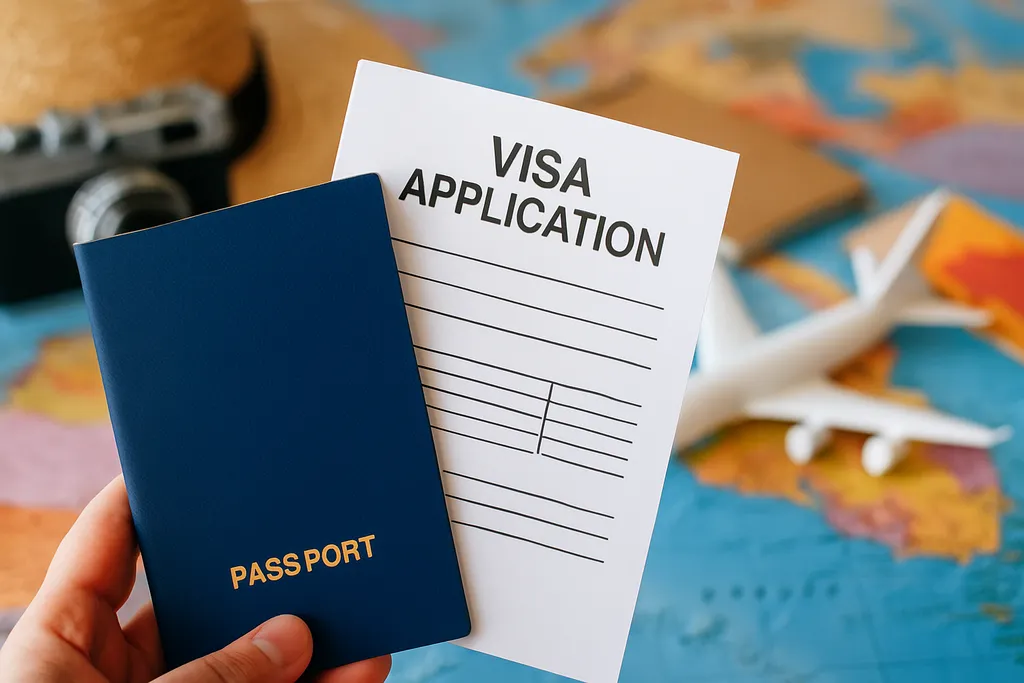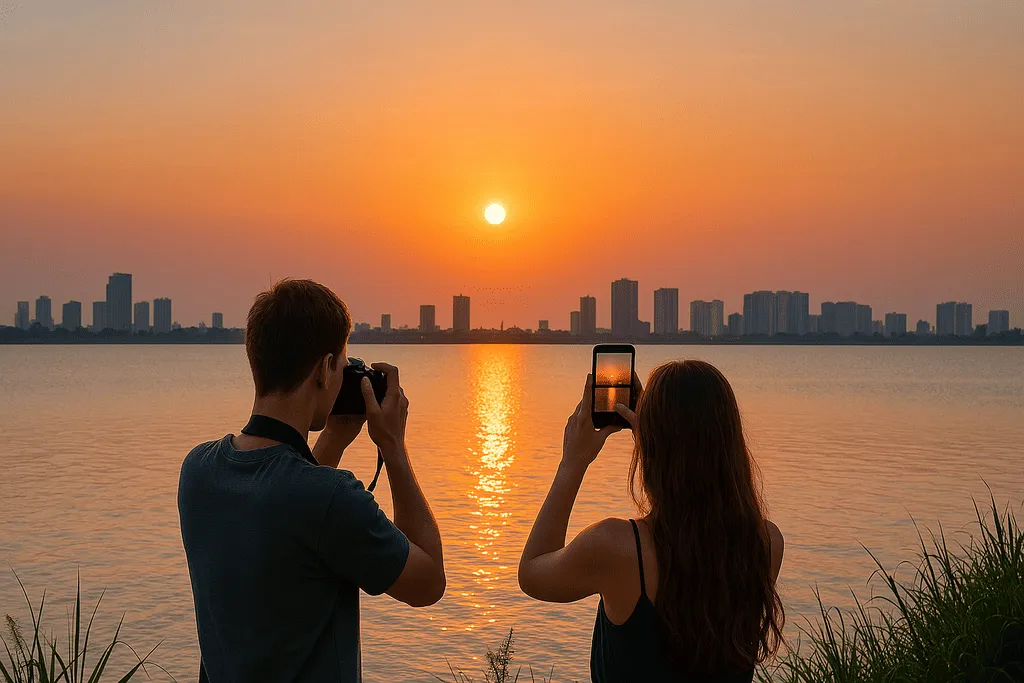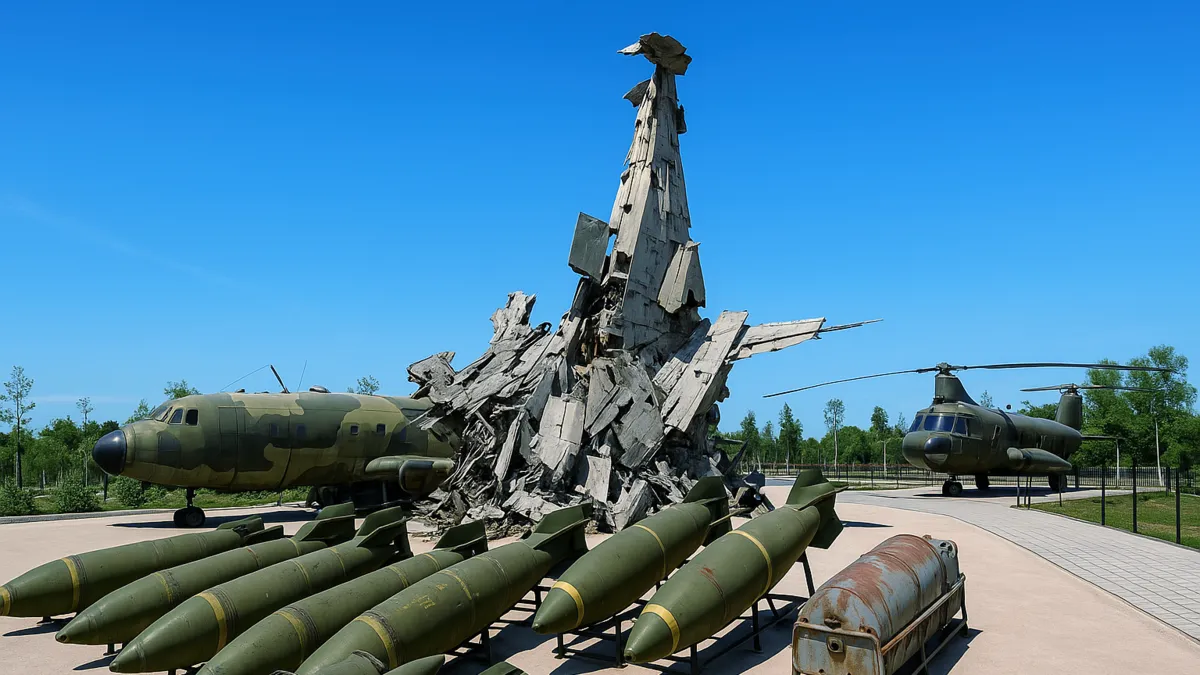The hidden truth behind airplane window shades: What airlines don’t tell you
- Saturday, Apr 05, 2025, 13:34 (GMT+7)
The hidden truth behind airplane window shades: What airlines don’t tell you
Let’s be honest — most of us board a plane thinking about the destination, the snacks, or how many movies we can squeeze in before landing. Rarely do we think about the tiny details around us, like the seatbelt sign or why the tray table must be stowed. But there’s one seemingly innocent rule that’s always puzzled passengers: why do flight attendants insist that window shades must be open during takeoff and landing?
At first glance, it feels like a quirky regulation — maybe even an invasion of your privacy if you were hoping for a nap with the shade down. But what if I told you this little request has everything to do with saving lives?
In the world of aviation, takeoff and landing are the two riskiest moments of any flight. Statistically, nearly 80% of all aircraft accidents occur within these critical phases. For that reason, everything that happens during these moments — every instruction, every switch, every seat position — is part of a well-oiled safety protocol. And the window shade? It’s a surprisingly important piece of that puzzle.
When the shades are up, natural light floods into the cabin, allowing your eyes to adjust to the outside brightness. In the event of an emergency — whether it's a sudden evacuation, fire, or water landing — your ability to see clearly and react quickly could make all the difference. Imagine being jolted awake and thrust into chaos, only to be blinded by harsh sunlight or disoriented in a dim cabin. The seconds it takes for your eyes to adapt could cost lives — including your own.
But that’s not the only reason.
Having the shades open gives passengers and crew a visual on what’s happening outside. If there’s smoke, fire, a fuel spill, or damage to the aircraft, someone sitting near a window might notice it before the cockpit or cabin crew does. There have been real-life cases where a quick glance out the window helped prevent a catastrophe — because someone spoke up in time.
Furthermore, in the rare (but possible) case of an emergency evacuation, open window shades help the cabin crew assess external conditions. Is one side of the aircraft on fire? Is there debris outside a particular exit door? Before opening any emergency exit, flight attendants need to be 100% sure the route is safe. Your view out the window might be the only clue they have.
There’s also a critical advantage for rescue teams on the ground. Open window shades allow emergency responders to peek inside the cabin from outside — quickly identifying movement, assessing injury levels, and determining where to start evacuation efforts. In a burning aircraft or smoke-filled fuselage, those visual cues can save precious time and lives.
This is why, during takeoff and landing, cabin lights are often dimmed — to ensure your eyes stay in sync with the outside lighting conditions. And when paired with open window shades, it means you’ll already be visually adapted to the natural lighting outside in case things go south.
Now, knowing all of this, doesn’t that simple instruction — “Please open your window shade for takeoff and landing” — take on a whole new meaning?
It’s not about control or habit. It’s about giving you — and everyone on board — the best chance of survival should the worst happen. It’s about awareness, readiness, and maximizing every second of reaction time.
So next time you find yourself flying, seated by the window, and the flight attendant gently reminds you to lift your shade — don’t roll your eyes. Take a deep breath, glance outside, and know that in this small act, you're part of the bigger safety plan. You’re not just a passenger anymore. You’re part of the crew.

 CHECKIN.VN
CHECKIN.VN








Share on